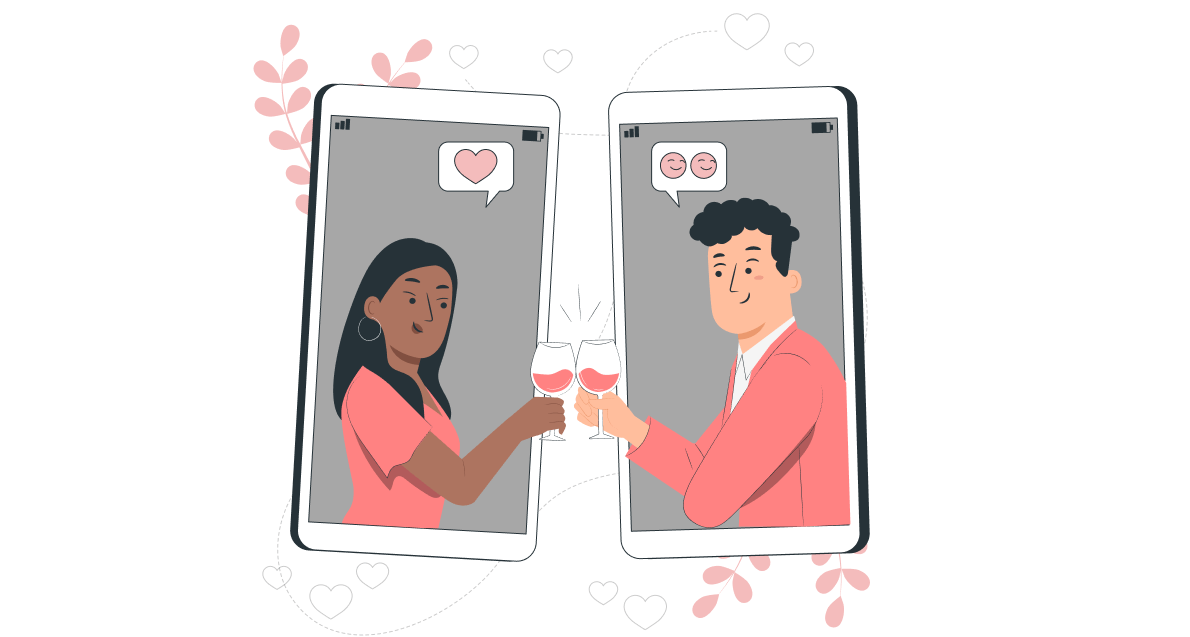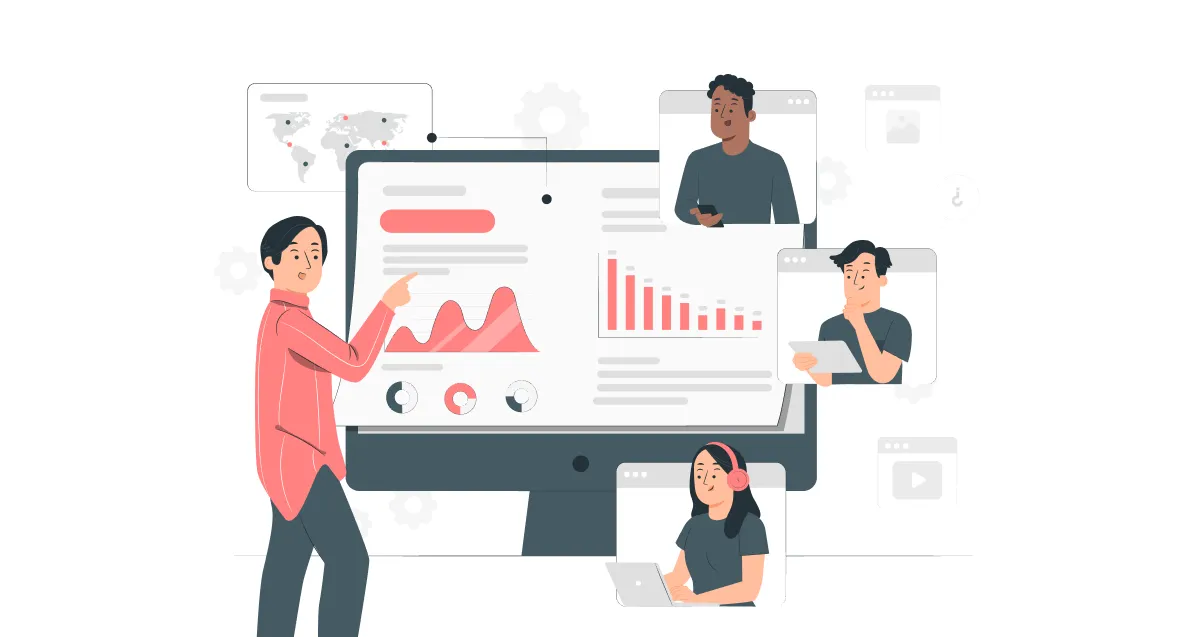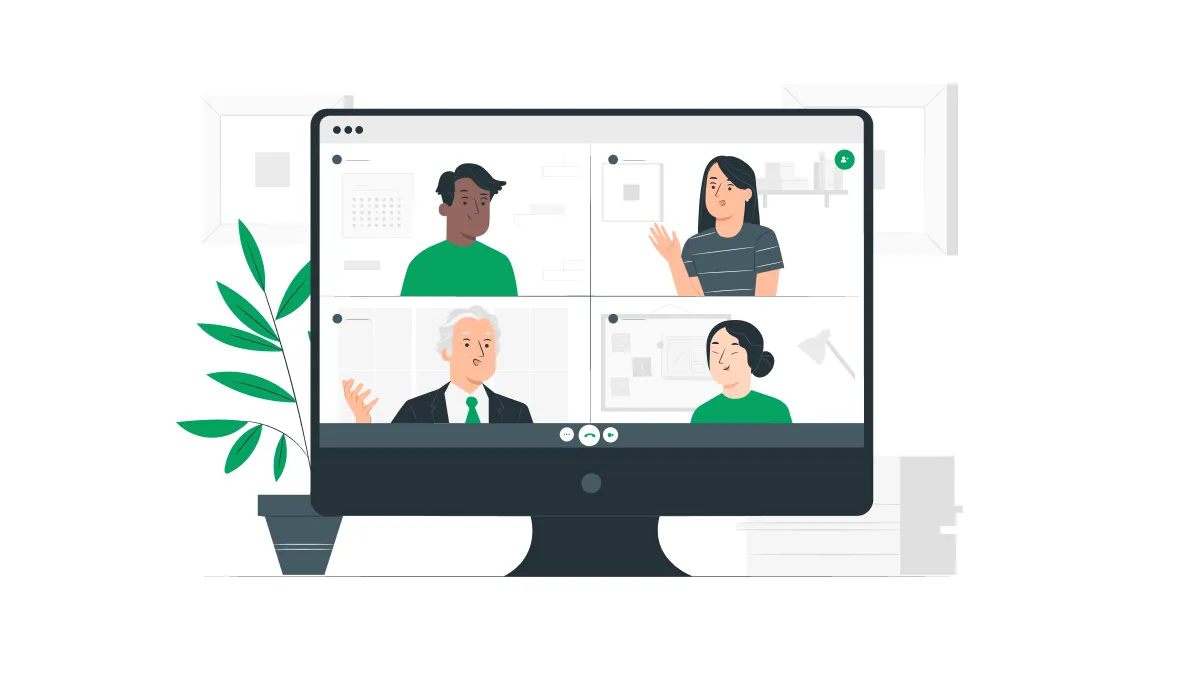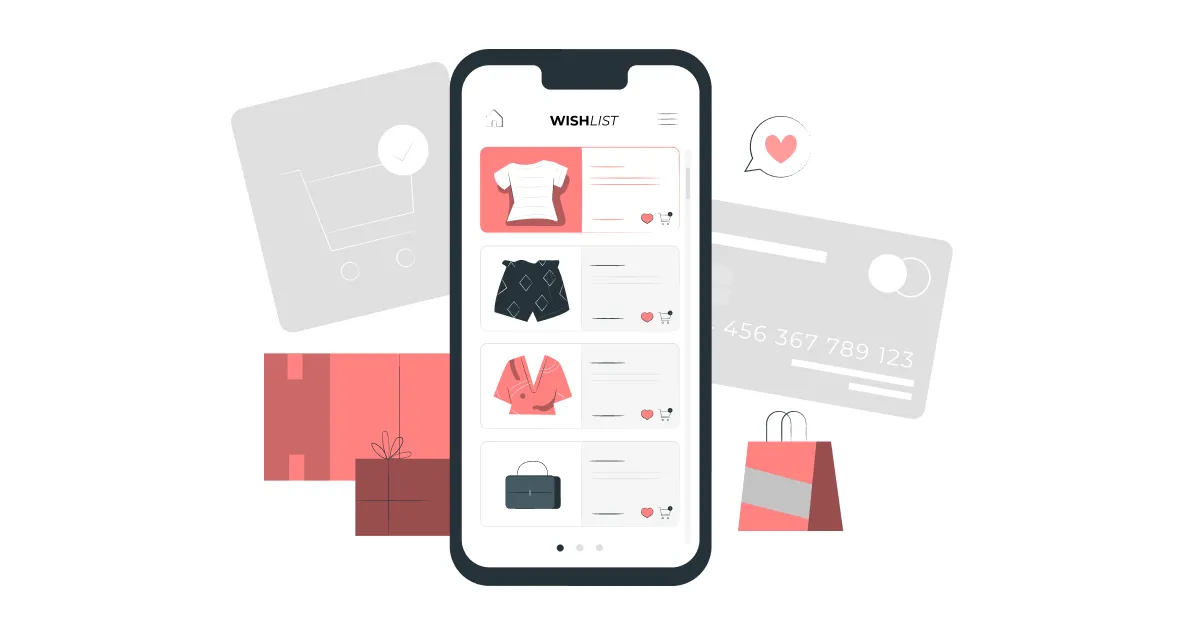Development of a Dating Mobile App
Dating apps have become more relevant than ever in recent years. This surge in demand is connected to the recent pandemic, which made in-person dates impossible during that period. Some people struggle to find a partner due to being very busy at work or simply not wanting to frequent public places to meet someone. Research shows that in the past two years alone, the number of dating app users has increased by 31%. For instance, the dating app Badoo is opened more than 100 million times each month. This growing interest in dating app development is increasingly attracting companies in the dating industry. Let's explore the reasons behind the popularity of these services and the nuances of their creation.
Why Are Dating Apps So Popular?
According to the Digital Market Outlook research center, the number of active dating app users will reach a record 70 million by 2024, a 22% increase compared to the previous year. The global revenue from such services reaches $8.4 billion.
Online dating is equally interesting to people of different ages, with the average user being between 18 and 44 years old. Of these users, 45% prefer not to use multiple dating apps simultaneously.
Dating apps simplify the initial contact, allowing people to meet without having to approach each other directly. This advantage is particularly beneficial for those who are shy or socially anxious.
Dating services provide users with the opportunity to meet people outside their usual social circle, fostering new friendships and romantic relationships. Browsing through numerous profiles and receiving likes from other users can boost self-esteem and confidence.
Dating services give users more control over their search for a partner, allowing them to filter candidates according to their preferences.
Developing a dating app is an excellent opportunity to enter a promising niche right now. Typically, a dating service is a startup, so it's crucial to think about its monetization and future revenue at the initial stages.
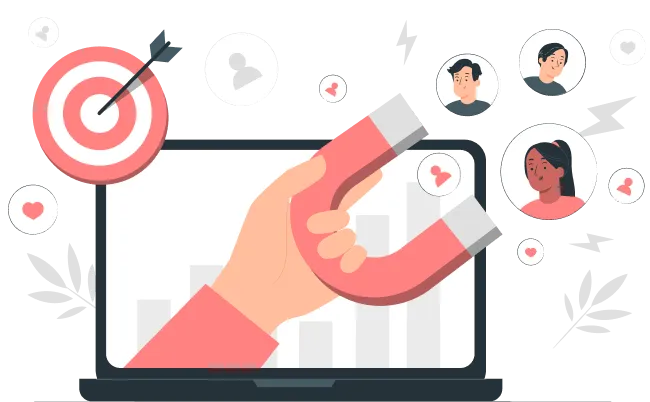
Target Audience
To create a dating app, you need to determine your target audience. Understanding the needs, desires, and behavioral patterns of different user groups allows you to create a product that will be in demand. When selecting a target audience, consider the following factors:
- Age. For example, your app could be aimed at young people, middle-aged individuals, or seniors.
- Gender. There are services for traditional heterosexual dating or more unconventional options.
- Marital status. There are services for singles, divorced individuals, or those just looking for friends.
- Occupation. For example, you can develop an app for people with specific hobbies and interests.
Market analysis of existing services will help identify open niches, determine functionality, and select a target audience that will fully meet user needs. Besides major market players, niche apps that connect people based on interests, beliefs, appearance, profession, nationality, and income level are also very popular. Here are some examples of such services:
- Hater. Find someone who hates the same things as you.
- Tastebuds. Is an app that helps you find like-minded people based on musical preferences.
- Trump singles. This choice will appeal to fans Donald Trump.
- Vegan dating. A service for meeting among vegans.
More popular services include Badoo, Bumble, and Fruitz. They cater to a broad user base, allowing people to find someone based on various criteria. When developing a dating app, it's important to thoroughly study your target audience and create a product that meets their needs and expectations.
Algorithm Functionality
Before starting the development of a dating app, familiarize yourself with the key features and algorithms for finding potential partners. Some of the most popular matching algorithms include:
- By geolocation. This algorithm shows users who are nearby. It’s a simple way to meet people living close to you. The main drawback is that the app doesn't consider user interests and values, potentially showing many unsuitable profiles.
- Based on interests. This algorithm uses information about your interests, hobbies, and lifestyle to find compatible users. This approach increases the chances of finding people with whom you'll have something to talk about.
- Personality tests. This algorithm uses personality test results to match users with similar values and views. This method is the most accurate, helping you find someone you’ll be interested in.
- Recommendations. The service analyzes your profile and activity, such as which profiles you view for longer. Based on this data, the app suggests the most suitable partners in the recommendations section. This method helps find people who genuinely match your preferences.
- By audience. These services target specific user categories, such as those looking for adventure, relaxation, or a conversation partner.
Many modern apps use combinations of these algorithms to improve matchmaking accuracy. When developing a dating service, it’s essential to consider all possible methods.

Competitor Analysis
The dating app market is saturated and competitive. To succeed, a new app must offer unique features and appeal to an attractive target audience. Among the leading competitors in the niche are:
- Tinder. Operates on the principle of geolocation. Known for its simple interface, the ability to quickly browse through numerous profiles, and the feature to highlight a liked person. It is suitable for young people looking for dates.
- Bumble. Another popular location-based service. It includes a feature for finding friends and has a time limit for responses. The app is suitable for finding a partner or friends.
- OkCupid. A popular service for searches based on interests or recommendations. Users can view each other's profiles, indicate their hobbies and views, and send messages. It is suitable for seeking serious relationships.
- Badoo. Also operates on the principle of geolocation. It allows chatting, broadcasting videos, and finding local connections. The app caters to a broad audience.
- Match Dating. Offers search capabilities based on preferences and life priorities. It includes detailed profiles, professional profile verification, and the option to send virtual gifts. The service is designed for seeking serious relationships.
In addition to these leaders, many other dating apps each have their unique features and target audiences. It’s important to conduct a comprehensive analysis of potential competitors beforehand.
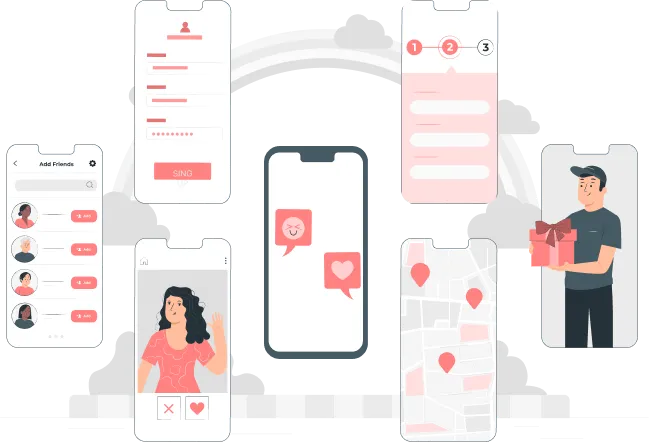
What Features to Add to the App?
During the development of a dating app, it’s crucial to implement these key features:
- User registration. Creating a profile via email, phone number, or social network.
- Profile creation and editing. Adding photos, videos, and personal information.
- Search settings. Filtering users by various criteria (age, gender, location, interests).
- Profile viewing. Viewing photos and information about other users.
- Messaging. The ability to chat with other users.
Additional features that can make the app more functional and engaging include:
- Geolocation. Matching users nearby.
- Pairing algorithm. Using algorithms to match users who are well-suited based on their profiles.
- Push notifications. Alerts for new messages.
- Virtual gifts. The ability to send each other paid sticker sets, VIP subscriptions, or other commercial services provided by the app.
- Shared interests. Recommendations for events and places that might interest both users.
It is important to determine the exact list of all features before development to meet the needs and interests of the target audience.
Technology Stack
Creating a dating app is a complex process that requires a team of experienced developers. Choosing the right technology stack is crucial for creating a reliable, functional, and secure app. The development team should have skills in programming languages (Swift, Kotlin, Java), frameworks (React Native, Flutter), databases (MySQL, PostgreSQL), and cloud platforms (AWS, Firebase). Developers should be familiar with advanced security practices to protect user data. Technologies that can be used to develop a dating app include:
- Programming languages: Swift (for iOS), Kotlin (for Android), JavaScript (for cross-platform apps), Python, Java, Node.js, PHP.
- Frameworks: React Native, Flutter, Xamarin, Django, Ruby on Rails, Spring Boot, Laravel.
- Libraries: UI libraries (Ant Design, Material Design), map libraries (Mapbox, Google Maps), push notification libraries (Pusher, Firebase Cloud Messaging).
- Databases: MySQL, PostgreSQL, MongoDB.
- Cloud platforms: AWS, Firebase, Heroku.
It is essential to use a reliable and secure API, a well-thought-out authentication system, data storage, and payment processing. Additionally, it is important to use tools for monitoring the app's performance and security.
Development Stages
Understanding the process of creating a dating app involves several key stages:
- Building Interactive Prototypes At this stage, the main interface elements and app structure are defined. Interactive prototypes are created using special tools to test functionality and user-friendliness. For dating apps, prototypes are often created in services like Figma or Marvel.
- Creating the Team Each project requires an individual team, as specific knowledge and experience levels are needed. Specialists can be added as the project progresses. Typically, the team includes a manager, programmers, UI/UX designers, and testers.
- Developing the Design This includes the development of the app's visual design, including the color scheme, fonts, icons, and other elements. The app design should match the overall style and brand of the company. The interface should be simple, intuitive, and user-friendly, with every detail carefully thought out.
- Programming and Testing To create a dating app, it is important to develop clear and understandable code. Programmers create the architecture, databases, develop the core functionality, and layout each screen according to the designs, adapting it for different devices: iOS or Android. At this stage, the functionality of each module is tested.
- App Launch After thorough testing, the app is submitted for review in the app stores. For this, a developer account needs to be created in Google Play and the App Store.
- Technical Maintenance After development is complete, our team will work on maintaining the stable functionality of your product. The app needs constant optimization, updates, and the addition of new features.
Cost of Developing a Dating App
Creating a dating app involves several cost factors that influence the overall budget:
- number of developers;
- project complexity;
- design complexity;
- number of features;
- project ambition;
- professionalism of the development team;
- project timeline.
It is essential not to skimp on development, as the quality of the final product and potential future earnings are at stake.
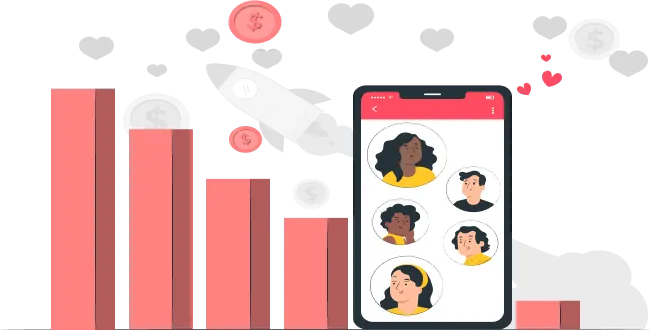
Monetization
To ensure profitability, it's crucial to determine the monetization strategy for the dating app in advance. Here are some common methods:
- Subscription to premium features. Users can pay for premium services for a specified period.
- Gifts. For an extra charge, provide an opportunity to pay special attention to the users you like, for example, to make a surprise in the form of a set of paid stickers, premium subscription and various gifts in the form of flowers and compliments.
- Advertising. Integrate ad services like AdMob or Appodeal. You can specify the type of ads displayed to users.
- Affiliate programs. Establish mutually beneficial relationships with other companies by publishing their ads through additional banners or offering promo codes for their services.
The expected revenue from monetizing a dating app depends on various factors, including the number of users, engagement level, target audience, and chosen monetization model. For instance, in 2023, the global market for dating apps reached $8.5 billion.
Conclusion
The dating app market is rapidly evolving, presenting a promising niche for creating a successful business. These apps facilitate easy connections and partner searches. Creating a dating app requires a comprehensive approach and high professionalism from developers. Careful analysis, systematic development, and the use of templates can help reduce costs while creating a profitable product. Contact us now to order dating app development services.

